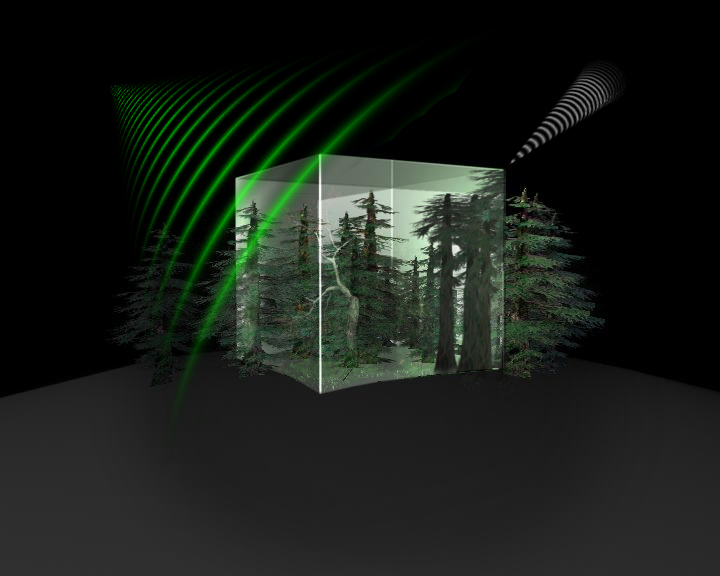The gross exchange of carbon between the land surface and the atmosphere is the largest flux within the global carbon cycle. Biomass at the Earth’s land surface is a crucial parameter in the estimation and quantification of the global carbon cycle. But an accurate measurement of the global mass of trees is not obtainable by ground measurement techniques.
Therefore, European Space Agency will launch a new satellite mission called “Biomass” in 2023 that will carry the first operational space-borne P-band SAR. It is designed to deliver accurate maps of tropical, temperate and boreal forest biomass. The mission is designed to last for at least five years.
The presentation will give an overview of the mission objectives, mission requirements and planning, preparatory campaigns, the satellite platform and the instruments, the mission data products, algorithms and data dissemination via the new MAAP tool.
Image copyright: © ESA/AOES Medialab
Open presentation in fullscreen


Incredibox Sprunki is a creative mod of the classic Incredibox game, blending Sprunki’s unique style with interactive beat-making. It offers fresh sounds and visuals, perfect for fans looking to remix their musical experience.https://sprunki.net/